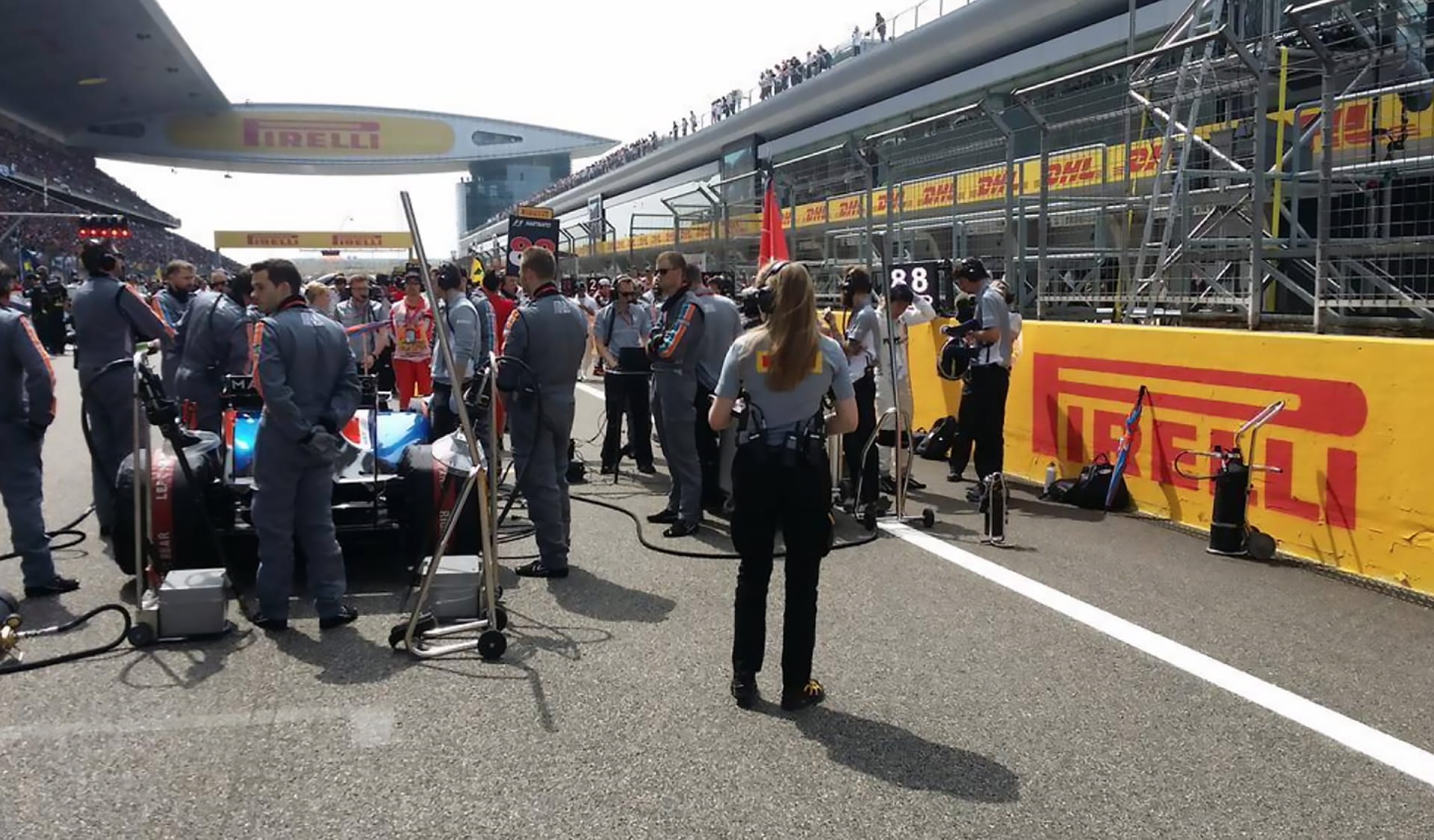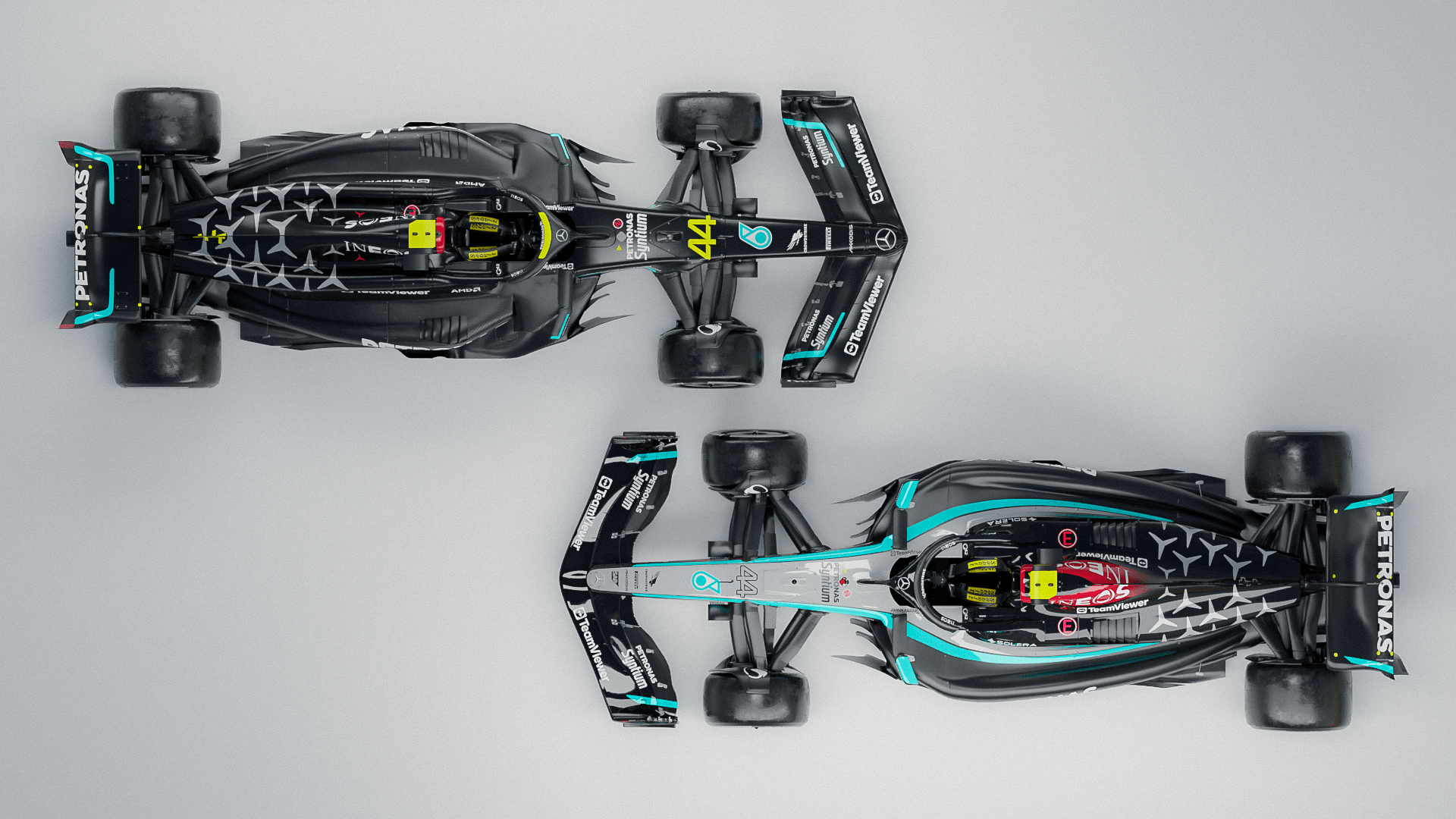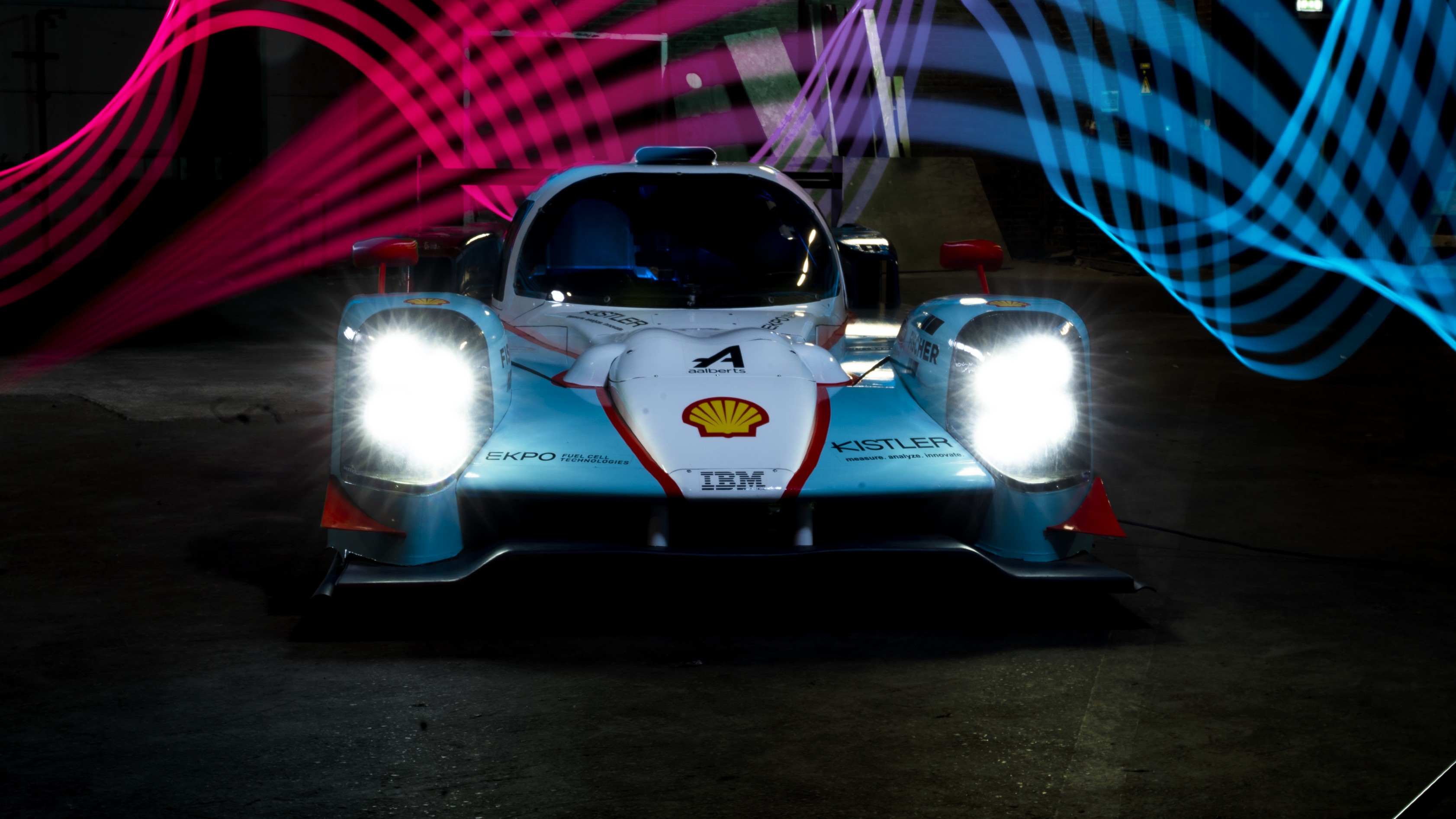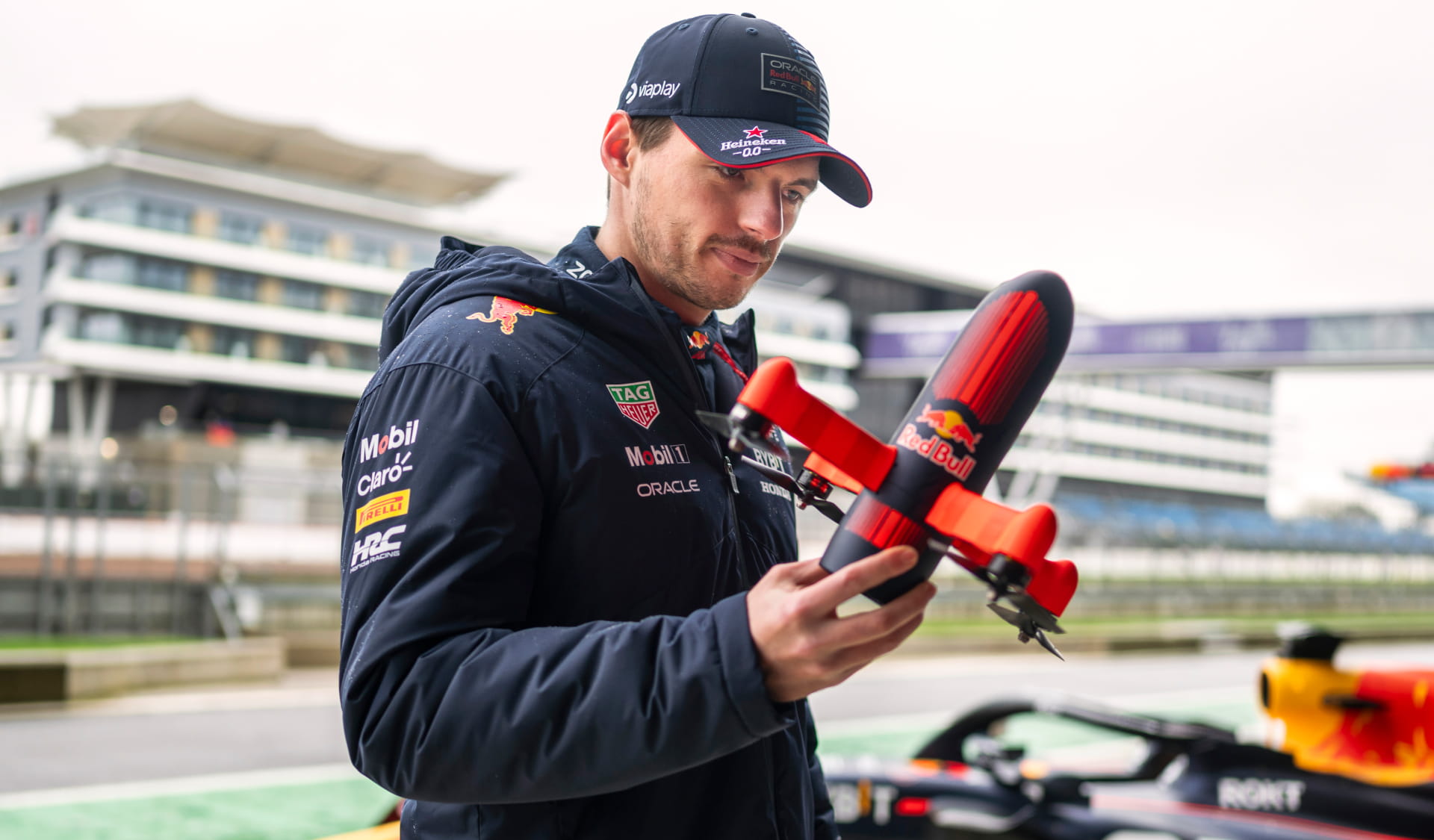Event
My role at Aston Martin Formula 1 team and the importance of inspiring women to pursue STEM careers
by Sosanna Ni Dhubhain
2min read
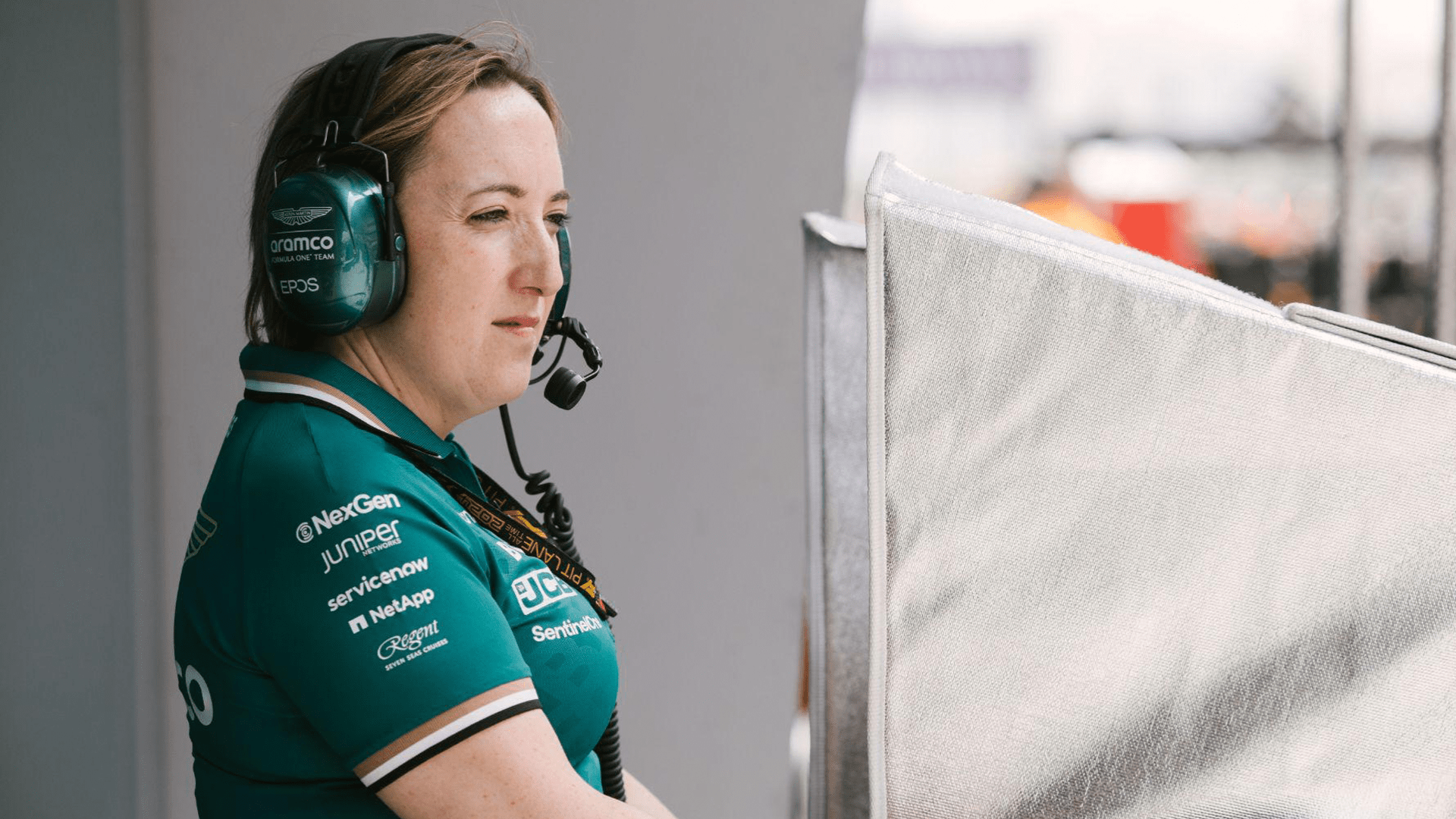
Sosanna Ni Dhubhain has spent around a decade at the Formula 1 team now known as Aston Martin, playing a key role in the team’s operations.
/image-(8).jpg?cx=0.5&cy=0.5)
"Ultimately, the more women in the team, the better."
She speaks about her path to F1, the importance of female role models in F1 and engineering and the crucial role diversity plays in making a stronger workforce
My journey to F1 and Aston Martin
My career path stems from my A-Level choices at school, where I studied engineering, maths and physics. Then, I went on to study mechanical engineering at University College, Dublin. That was followed by a Master’s in motorsport engineering at Cranfield University.
My job title now is lead brake duct designer: I have full ownership of the design of front and rear brake ducts. I’m a composite design engineer by trade, working as part of the composites team, but I spend most of my time designing parts using CAD (Computer Aided Design).
I also travel out to a few Formula 1 races as a reliability engineer, representing our design office within the factory. If there are any issues or problems, I work out how to fix them. I sometimes have to do that on the spot or liaise with the design office back at base.
Moving into the Aston Martin F1 Technology Campus, back in 2023, was quite seamless. We were expecting some issues but things worked pretty quickly. The space is exactly what we need and now we’re in one big office rather than being spread out, which means we can work closer together. There are also breakout rooms in which people from different departments can collaborate.
The Campus is very much a look into the future and our team’s aspiration to becoming a contender for wins in the future.
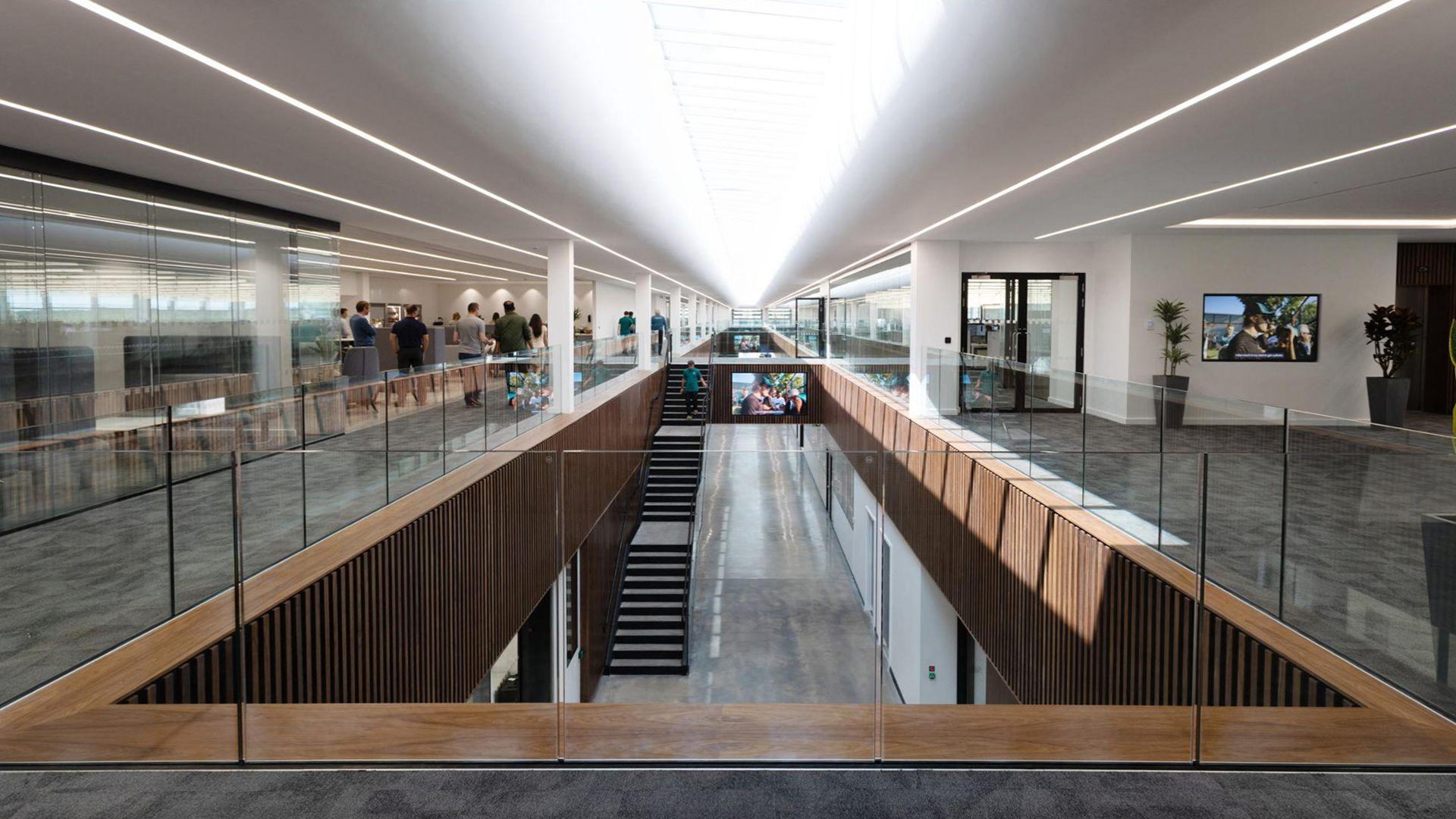
The Technology Campus is Aston Martin’s new factory based at Silverstone – with two more buildings on the way
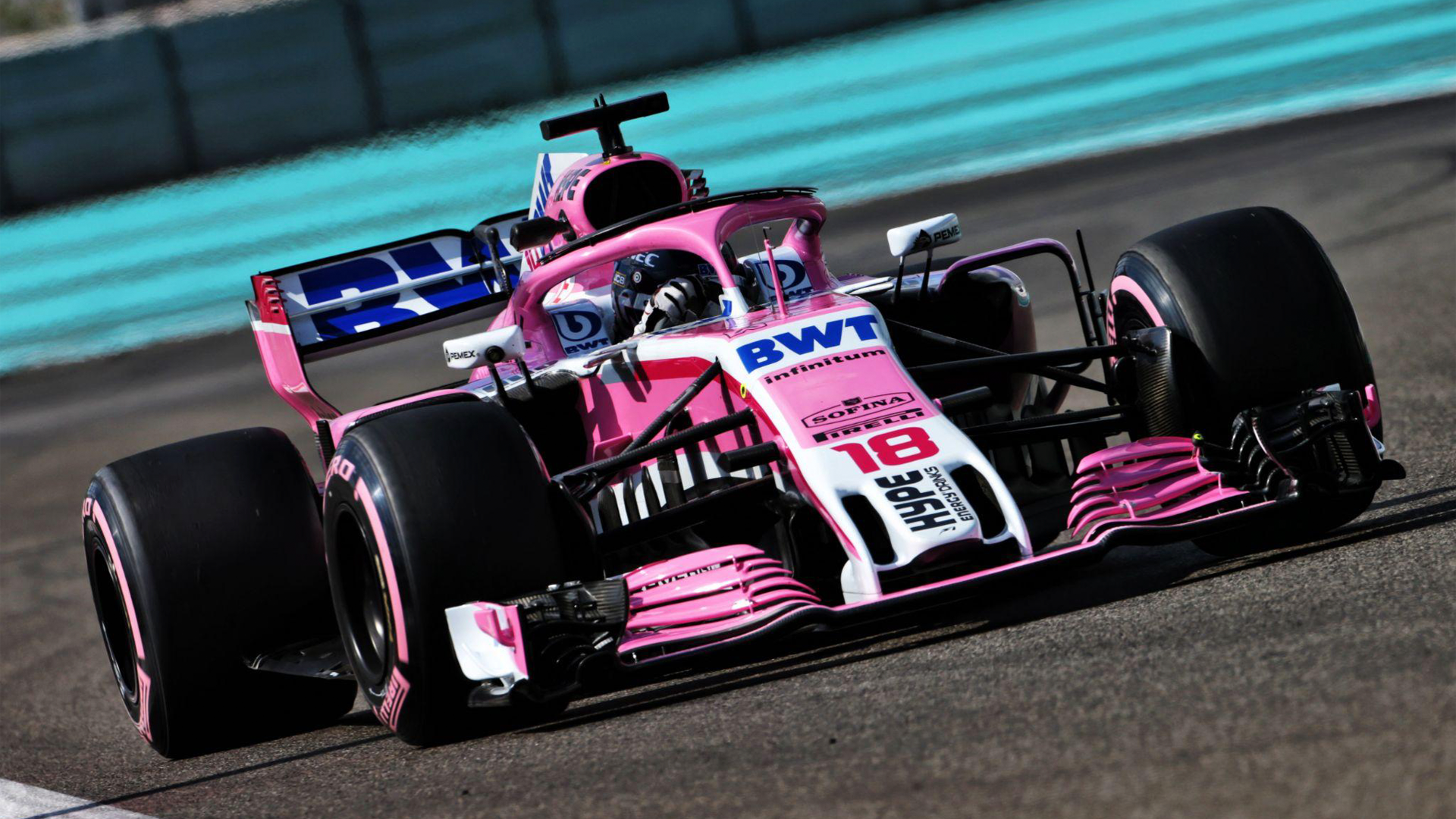
Aston Martin used to be known as Force India, then Racing Point

Career
Alpine F1 Team and Microsoft launch STEM education programme
The importance of diversity in F1 and beyond
The team itself is a welcoming and inclusive place to work. Everyone treats me as an equal and, within the team, we have the Women’s Impact Network. Our group of women across departments was formed last year, and we gather once a month. Sometimes, we’re joined by inspiring speakers to highlight how far the team has come in creating opportunities for women in F1 and engineering.
I also engage with the Aleto Foundation’s mentoring scheme, mentoring students as part of a bespoke leadership programme that aims to address the barriers faced by students from ethnic minority backgrounds as they pursue careers in STEM fields.
The more diverse a workforce, the more ideas get exchanged, and the more chance the workforce has to generate better results.
.jpg?cx=0.5&cy=0.5)
The Aston Martin AMR24 in action at the 2024 Austrian Grand Prix
Recently, I visited University College, Dublin, to share my experience as an engineer in F1.
Seeing female students come down after the lecture and ask me questions about my field felt rewarding; I didn’t have a female role model in engineering when I was studying. That didn’t stop me, but I could see how a lack of female role models could prevent others from pursuing a role like this.
You get to mix with lots of people in different departments that one would never usually talk to. Ultimately, the more women in the team, the better. That goes for diversity as a whole: the more diverse a workforce, the more ideas get exchanged, and the more chance the workforce has to generate better results.
I think diversity is changing for the better. When I began in F1, I was the only female in the design office. The main issue is getting young students, particularly women, to pursue engineering. By engaging young students, we can encourage more students and enact even more change.
